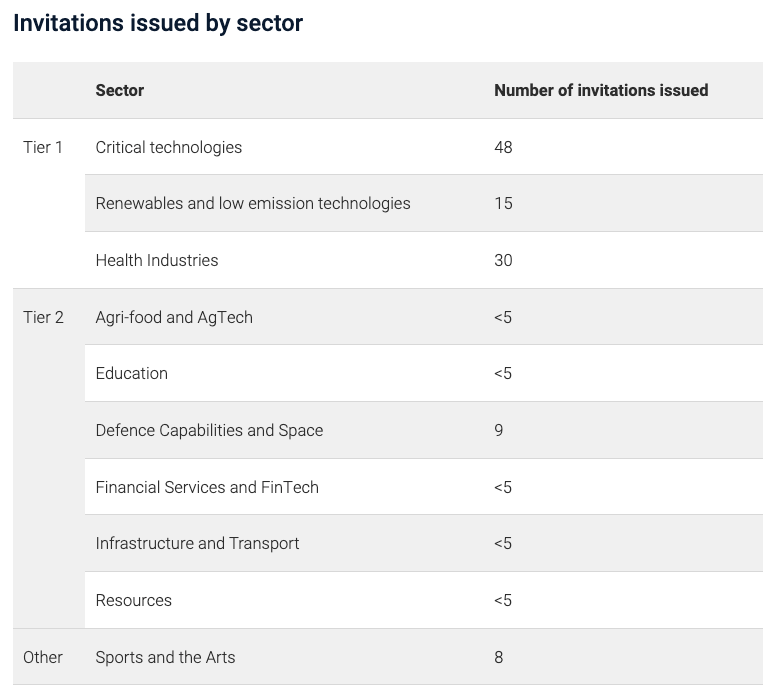National Innovation Visa Updates
Exceptionally talented individuals such as global researchers, entrepreneurs, innovative investors, athletes, sports professionals and creatives with an internationally recognized record of exceptional achievements in their field may be eligible for the subclass 858 - National Innovation Visa or the NIV.
One of the requirements for the NIV is having a nominator who is an Australian citizen or permanent resident or an Australian organization who has a national reputation in the same field as the applicant.
Expert Australian Commonwealth, State or Territory Government agencies can also nominate for the NIV.
Currently, only New South Wales, Victoria and South Australia has released the details of their nomination process.
State NIV nomination
Each state has their different processes and for Victoria, the first step is to engage with Victorian Government department/agency on your project plan. You can do this by creating a general enquiry on the Live in Melbourne website and submitting your project plan.
If you are competitive and chosen, a Victorian Government department or agency that can support your nomination will identify and refer you. This department or agency will be preparing the nomination documents.
The Victorian NIV nomination program does not require any Registration of Interest (ROI) or application process initiated by the applicant.
New South Wales and South Australia require potential applicants to submit their ROIs and if the applicant is shortlisted, for NSW, they will be invited to submit the full nomination.
In South Australia, the applicant will be interviewed by an assessment panel of South Australian Government representatives.
If approved for state nomination, the state will then provide the applicant with the competed Form 1000.
Department of Home Affairs – Invitation rounds
The Department of Home Affairs extends invitations monthly according to NIV priority order as listed in Ministerial Directions 112.
You can read about these priorities here.
According to the information released by the Department, for the period of July – September 2025, they received a total of 1841 EOIs and invited 122 candidates.
From the 122 invitations issued:
- Less than 5 is from Priority 1- Exceptional candidates from any sector who are global experts and recipients of international ‘top of field’ level awards.
- 17 are from Priority 2 - Candidates from any sector nominated on the approved Form 1000 by an expert Australian Commonwealth, State or Territory Government agency
- 84 are from Priority 3 - Candidates with exceptional and outstanding achievements in a Tier One sector (Critical technologies, Renewables and low emission technologies and Health industries)
- 20 are from Priority 4 - Candidates with exceptional and outstanding achievements in a Tier Two sector (Agri-food and AgTech, Education, Defence Capabilities and Space, Financial Services and FinTech, Infrastructure and Transport and Resources.
By sector:
Tier 1
- 48 invitations were issued for those in Critical Technologies
- 15 from Renewables and low emission technologies
- 30 from Health Industries
Tier 2
- Less than 5 from Agri-food and AgTech
- Less than 5 from Education
- 9 from Defence Capabilities and Space
- Less than 5 from Financial Services and FinTech
- Less than 5 from Infrastructure and Transport
- Less than 5 from Resources
And there were 8 from the Sports and Arts.
If you want to check if you are eligible for the NIV, you can complete our free NIV assessment form here.
You just might be one of the brightest, best and fairest talent Australia is looking for.












